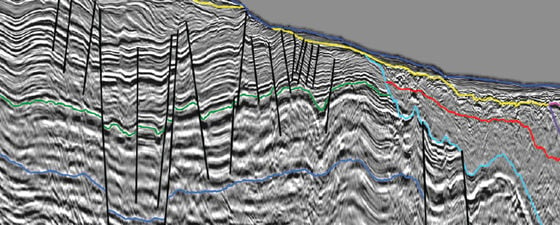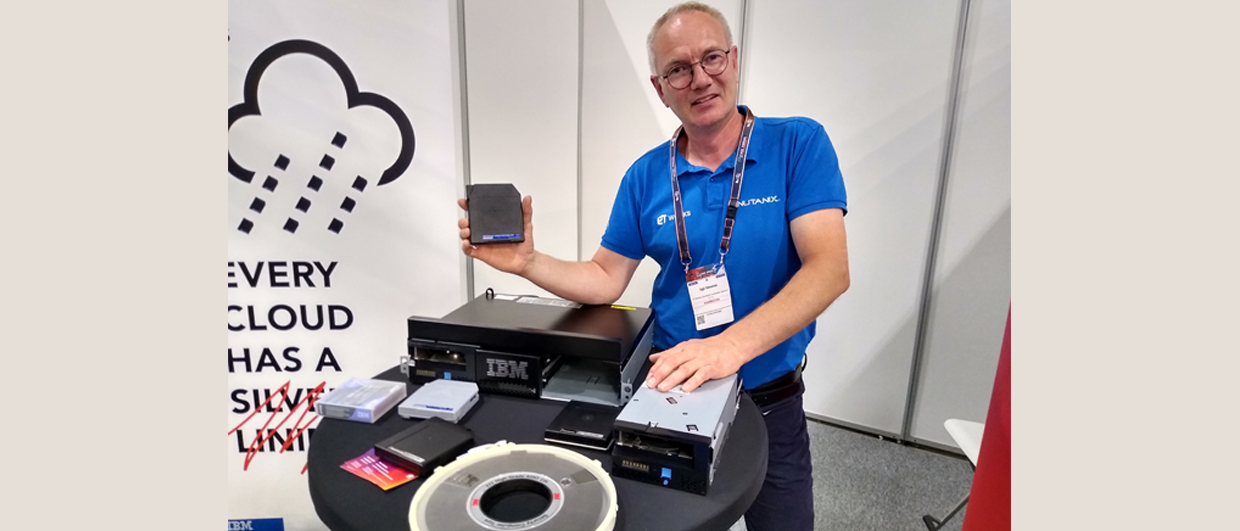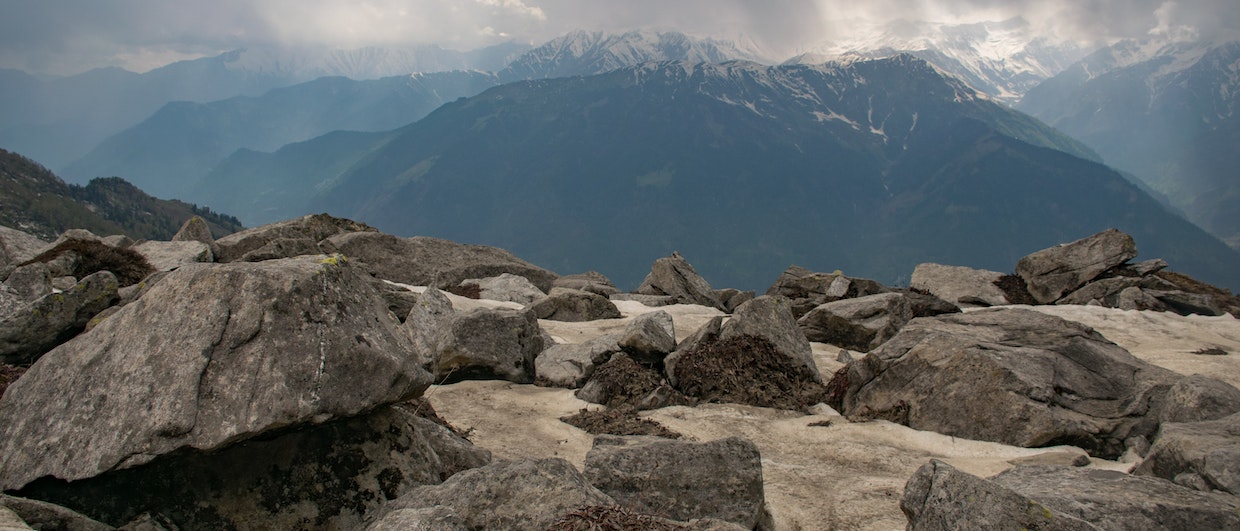Several promising play types can be identified on new pre-stack depth migrated seismic.
Offshore west Egypt is a frontier region that offers significant and diverse potential plays. There are proven onshore Jurassic/Cretaceous oil and gas plays, Nile-sourced Pliocene sandstones, and Oligocene to Miocene deep marine fans as well as Jurassic to Miocene carbonate structures. A geological overview of this area, west of the Nile Delta Basin, was published in 2016 (New Opportunities Offshore West Egypt, GEO ExPro, Vol.13, No.1). Since then, the existing 2D seismic database has been reprocessed using the latest processing and imaging techniques. In addition, new 2D GeoStreamer® data has been acquired that complements the rejuvenated seismic database whilst expanding the seismic footprint across the region. This has allowed new structural insights and helped to further understand the offshore area and the anticipated play types. In this article we look at some examples of various identified leads, which are presented on pre-stack depth migrated images.
Attractive Carbonate Leads
Numerous Cretaceous and Miocene carbonate leads have been identified on the shelf and on the transform margin. These structures have been identified on continental crust, as suggested by the acquired gravity and magnetic data. The setting is proximal to a proven thermogenic system in the onshore Western Desert region. In-house basin modelling suggests that there is potential for both biogenic and thermogenic sources of hydrocarbons. In terms of a seal, the Messinian salt pinches out towards the transform margin and does not overlie all the carbonate structures across the shelf. However, overlying intra-formational shales are expected to act as a sufficient seal.
Large Deep Marine Fan Systems
The Oligocene/Miocene deep marine fan play is proven east of the study area within the Nile Delta/Cone area, where it can be defined as a lowstand incised valley/submarine canyon play. This play is believed to exist further basinward as a distal part and is therefore considered to be a deep marine fan system/turbidite play in the Herodotus Basin. Several potential areas of sediment provenance may have sourced coarse-grained siliciclastic material into the deep Herodotus Basin, including the Nile Delta/Cone (proven from the east), mainland Egypt (from the south) and the Cyprus Margin (from the northeast). The extension of the Nile provenance is probably the most influential source of sediment input into the deep basin.
Oil-Prone Shelf
The platform-slope architecture has provided several Jurassic, Cretaceous (Near Top Cretaceous – turquoise horizon) (B, C, D) and Miocene (A) carbonate structures. Some of these extend to more than 150 km2 and are clearly indicated by an impedance increase on top of the structures, which is also seen as a lateral polarity-change in A where the base salt reflector changes polarity from a peak (soft kick) to a trough (hard kick) due to the lateral change from clastics to carbonates beneath the salt.
The platform-slope architecture has provided several Jurassic, Cretaceous (Near Top Cretaceous – turquoise horizon) (B, C, D) and Miocene (A) carbonate structures. Some of these extend to more than 150 km2 and are clearly indicated by an impedance increase on top of the structures, which is also seen as a lateral polarity-change in A where the base salt reflector changes polarity from a peak (soft kick) to a trough (hard kick) due to the lateral change from clastics to carbonates beneath the salt.
The platform-slope architecture has provided several Jurassic, Cretaceous (Near Top Cretaceous – turquoise horizon) (B, C, D) and Miocene (A) carbonate structures. Some of these extend to more than 150 km2 and are clearly indicated by an impedance increase on top of the structures, which is also seen as a lateral polarity-change in A where the base salt reflector changes polarity from a peak (soft kick) to a trough (hard kick) due to the lateral change from clastics to carbonates beneath the salt.
The platform-slope architecture has provided several Jurassic, Cretaceous (Near Top Cretaceous – turquoise horizon) (B, C, D) and Miocene (A) carbonate structures. Some of these extend to more than 150 km2 and are clearly indicated by an impedance increase on top of the structures, which is also seen as a lateral polarity-change in A where the base salt reflector changes polarity from a peak (soft kick) to a trough (hard kick) due to the lateral change from clastics to carbonates beneath the salt.
The narrow shelf is near to the proven onshore oil and gas discovery trend. Both siliciclastic and carbonate reservoir units are likely to extend offshore, where several leads have been identified. The Matruh Canyon and the Canyon East are situated downdip from numerous oil and gas fields in the Western Desert and form a potential offshore extension of that onshore discovery trend. Both canyons may contain several potential reservoir and source intervals. Syn-rift Jurassic highs and post-rift rollovers on a shale detachment are considered to be the main play types.
Promising Frontier Area
A north-west to south-east oriented seismic line, with an associated geological cartoon showing potential deep marine fan/turbidite/ sheet sand deposition during the Oligo-Miocene level in the deep Herodotus Basin that are truncated by the overlying Messinian salt.
A comprehensive study supported by new geophysical PGS data identifies numerous leads and play types throughout offshore west Egypt, which makes the area a promising frontier region for exploration. Attractive Cretaceous and Miocene carbonate leads of significant sizes are situated on the shelf and on the transform margin. Large deep marine fan systems as well as numerous sub-salt inversion structures have been identified in the Herodotus Basin. The oil-prone shelf contains both carbonate and sandstone reservoir potential, in addition to play types within the canyons.





